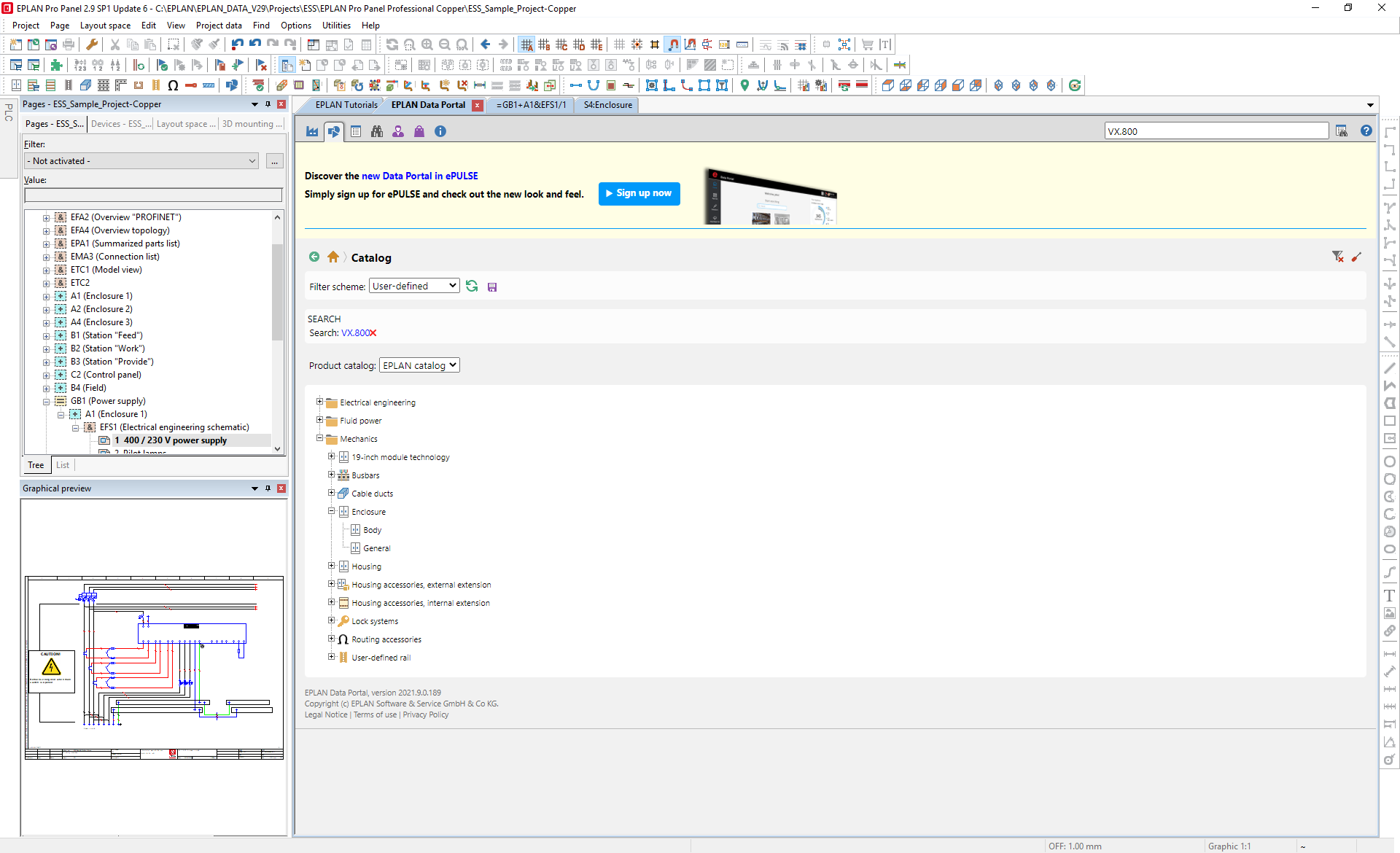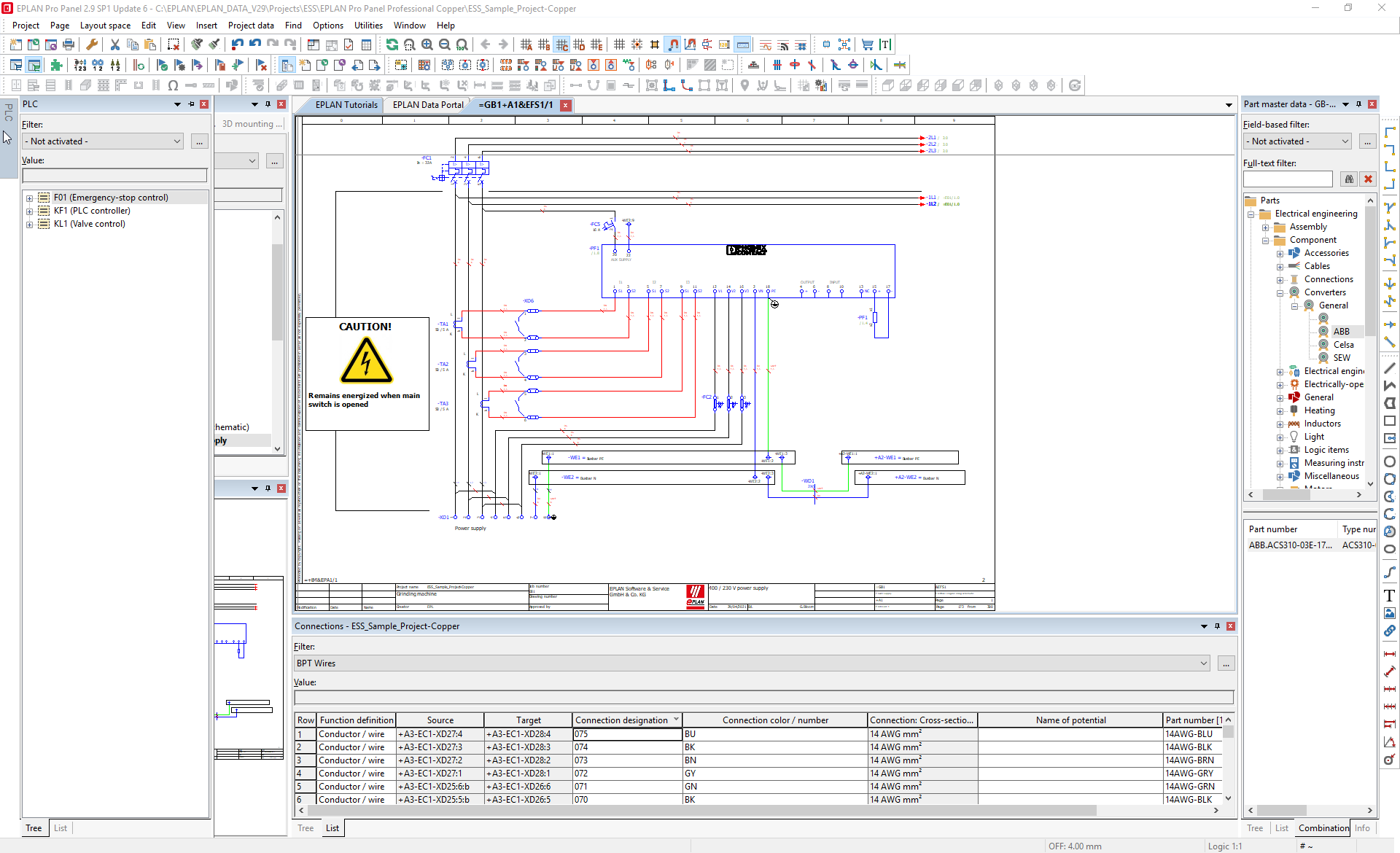Author
 John Boynton
John has worked for EPLAN for 24 years and is our Technical Business Manager. A member of The Institute of Engineering & Technology, and The Engineering Council for over 20 years, John has a wealth of experience and skills ranging from analysing customers' processes in order to identify areas in which could be made more efficient, to project management, consultancy, method counselling and project commissioning.
boynton.j@eplan.co.uk
John Boynton auf LinkedIn
John Boynton
John has worked for EPLAN for 24 years and is our Technical Business Manager. A member of The Institute of Engineering & Technology, and The Engineering Council for over 20 years, John has a wealth of experience and skills ranging from analysing customers' processes in order to identify areas in which could be made more efficient, to project management, consultancy, method counselling and project commissioning.
boynton.j@eplan.co.uk
John Boynton auf LinkedIn
Navigators: why are they needed?
Engineers typically work in one of two ways:
- Graphic design
This is a commonly used method that is very similar to the method of thirty to forty years ago. At the time, people drew with pen and paper. Now this is done on computers, but the design is still drawn piece by piece, with symbols being copied from old projects by means of cutting and pasting. The downside to this method is that errors can be copied and engineers draw components that actually do not exist. - Data enrichment from the EPLAN Data Portal
This is also referred to as "device-oriented design". You do not place a graphic symbol, but an article number in the design. If you want a specific component, you can get it from the online database and import it into your own database. In the database you can register all functions of a component in the item number. Many functions are already specified by the manufacturer and you can further enrich them according to your own needs, for example by adding a personal touch to graphics.
What are the benefits of navigators?
Navigators allow you to check in a database which components you have available and which functions they contain. You can then easily place the component in your drawing by drag & drop, where it takes the shape of a symbol. The component has now been written off in the database, so that you cannot inadvertently reapply it in the drawing. You can also see whether there are auxiliary contacts that you can use. Some other interesting advantages of navigators are:
- You make significantly fewer mistakes
All data in the database is correct. Your drawing is therefore always technically flawless. You can apply it not only to simple contacts, but also to complex components with many connection points. Think of a PLC (programmable logic controller) with many inputs and outputs that have various functions. - You can work faster by filtering and sorting
Time-consuming activities, such as searching for a component or entering the same data several times, are a thing of the past. With navigators you are able to place parts together that are normally far apart in a schematic. Filtering and sorting provides a clear overview of only those components you want to see. - You can add labels in an instant
With multi-mark you can add a label to all selected components at once. You no longer have to search for and open the component and the label per page.
The need for a good digital environment
If you want to keep up with technological developments, you need a digital environment in which all departments can work. Navigators are a handy and practical tool to gain insight into your data and to process it further. The underlying digital component standardisation is necessary for a transparent digital environment. The EPLAN Data Portal offers a solution. It is a slightly different method than you may be used to and it takes some time to fully enrich the data, but the long-term benefits are well worth the investment. You can fully automate and perform actions within a few strokes that used to require a lot of manual work.
For more tips and tricks to improve your efficiency, watch our recorded webcasts, including a 50 minute session dedicated to Navigators.

.png?width=693&name=recorded%20webcasts%20(2).png)
Comments